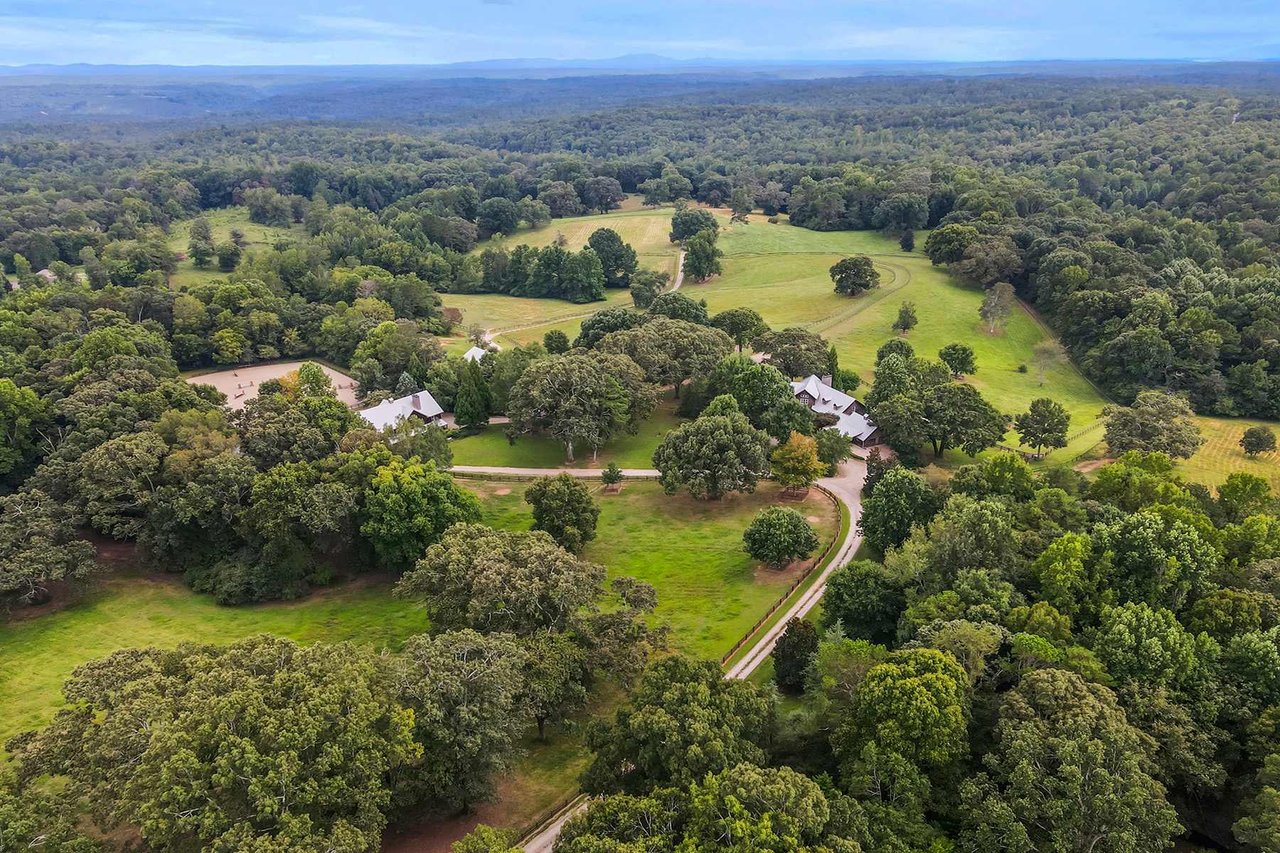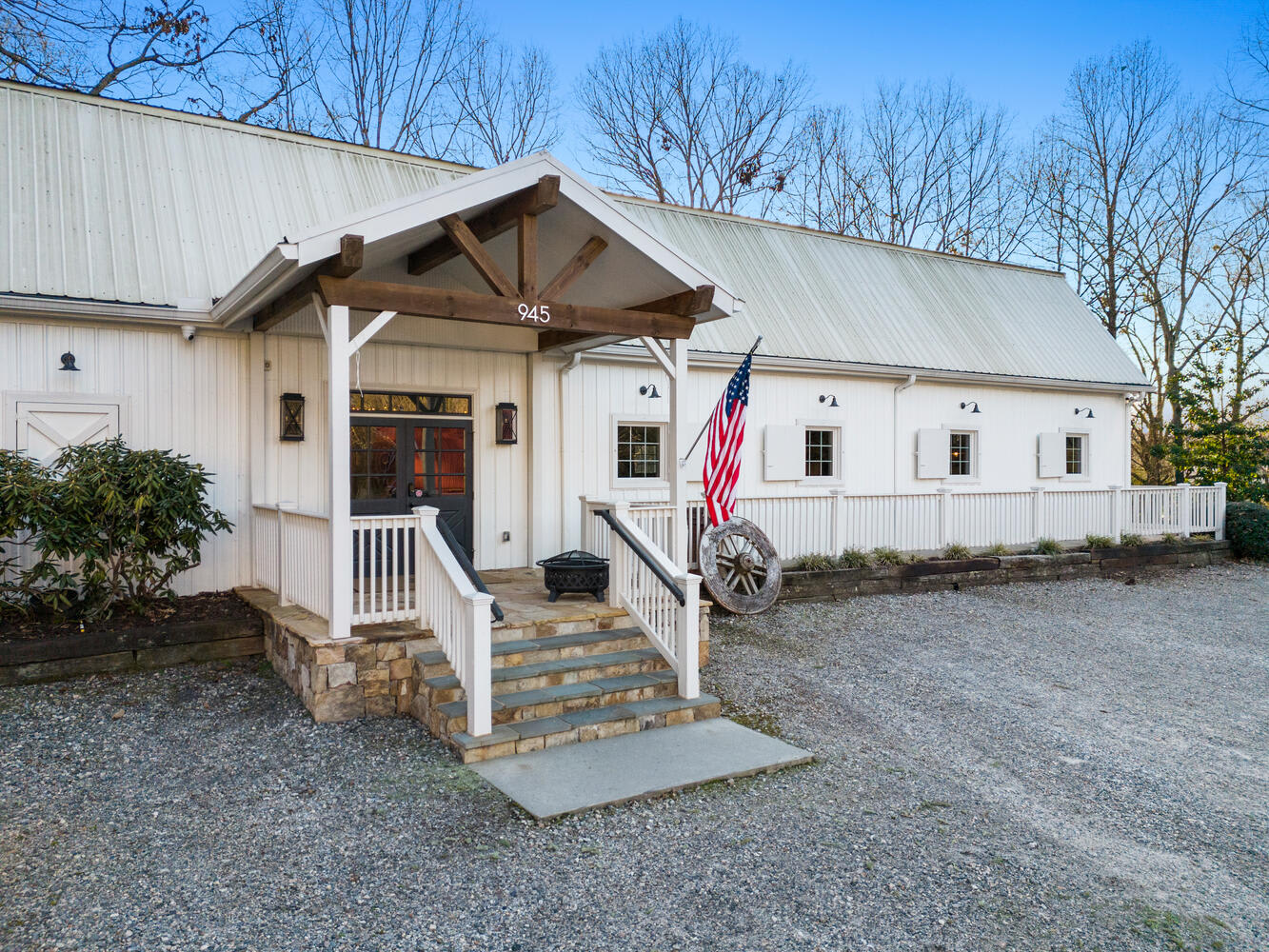Conservation Use Valuation Assessment
People often ask us how to get the CUVA tax break when they own 10+ acres of land. We also have homeowners ask us what happens if they break the CUVA they are under by building a structure or something outside the guidelines of what you can and cannot do when under the CUVA tax break, so we wanted to answer some commonly asked questions.
What is CUVA, and where did it come from?
We have something similar on my family farm in Wisconsin. Just this week, I had a client call to understand this in Milton, and I also filed a similar tax break on our family’s Wisconsin farm.
Background
In the 1980s, home values really started increasing, and farmers subsequently had a hard time paying taxes. In 1992, the CUVA program was instituted to offer them tax relief on property. It is a 10-year agreement in which the land owner pledges to maintain the land in a qualifying use in exchange for property tax values based on the land’s productivity, not fair market value. Our family has done something similar with the dairy farmers who lease our land on our farm. Our family chose to make it fair to our farmer tenants with cattle, and the lease amount is equated to the price of beef, so everyone feels good.
How do I get the tax break?
To get the break, you must be a US Citizen and use the land for farming, commercial production of agricultural products or timber. Calculating CUVA tax values is complicated: They are determined based on location in the state and soil quality. You can apply from January 1 to April 1, any year of ownership and with 10 to 2,000 acres. If you violate the terms, you face steep penalties—up to double the cumulated difference in property taxes plus interest. The breach applies to the full land tract, not just the area of violation.
The Breakdown
On average, in nearly two dozen studies around Georgia, farmland pays approximately $2.60 in property taxes for each $1.00 in services it receives. In contrast, residential land pays $0.70 in taxes for every $1.00 in services it receives. More tax revenue would come in if a farm were sold and subdivided. However, more services would be required from the county in the form of more sewers, roads, fire protection, schools, libraries, etc.
What are the benefits?
The CUVA program has many environmental benefits. It encourages land to remain in green space and prevents urban sprawl. It also helps farmers keep their land in areas with higher taxes. Milton is an excellent example of this, with significant value growth year after year.
Do you have more questions?
I am happy to answer any additional questions or find the answer for you. Feel free to reach me anytime at 404.840.7354
-Jenny Doyle



